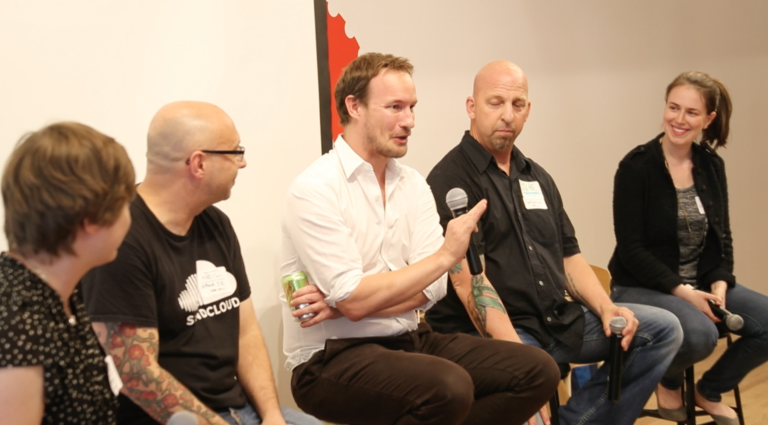Getting that first promotion to management is a big day.
It represents a new title, a raise (hopefully), and more influence. You are now part of “management.”
That excitement can quickly fade once you realize that as a manager, you have a lot more to do, but the same amount of time to do it. It’s easy to get consumed by the busyness of being a manager.
When the time crunch hits, many managers fall into the same trap and cut out the most important task they have: spending time with their people.
The most fundamental role of a manager is to unleash the potential of the people they manage. To accomplish this task, managers must fully engage with each individual, helping foster a feeling of real connection with their work. And that means dedicated, one-on-one conversations. There is no shortcut.
This is why regularly scheduled 1:1 meetings between employees and managers are the most important tool there is to achieving employee engagement.
Perhaps you think your situation is different. You’re not just busy, you are REALLY busy. You have 10 direct reports and it’s just not possible to have 1:1s with each of them.
Maybe you are different. But just for fun, let’s do a little math.
Let’s assume you work eight hours a day for 20 days each month on average. That’s 160 work hours at your disposal each month (I know you probably work more than this, but let’s be conservative).
Let’s also assume that good one-on-one meetings require a total of two hours per employee, per month. This includes preparation time and the actual conversation. For 10 employees, that’s a total of 20 hours of your time for one-on-one meetings each month. That’s 12.5 percent of your time, or 1.25 percent per employee.

As a manager, your most important job is to successfully supervise and coach your people. Investing 1.25 percent of your time per employee to effectively increase their engagement and performance shouldn’t be viewed as optional.
1:1s will improve engagement. As engagement increases, their capacity and desire to take on more responsibility will also increase. This allows you to delegate, freeing more time to invest in them individually. It’s a virtuous circle.
You have the time. It’s just a matter of investing it wisely.
Once you recognize 1:1s as a necessity, these tips will help you get the most out of this valuable time investment:
- Create a regular meeting routine. Depending on your team, meeting for 15 minutes weekly might be better than 90 minutes monthly. Regardless of cadence, commit to a schedule that works for you and the employee. Then stick to it.
- Use a consistent agenda. To get the most out of these conversations, create some structure. For example, using the following questions can ensure you’ll have a valuable discussion each time:
- What is the most important thing we need to discuss today?
- What are your most important accomplishments since we last met?
- What will you accomplish before next time?
- What obstacles or challenges are you facing right now?
- How can I better support you as your manager?
- Prepare in advance. 1:1 meetings are most productive when both people have spent time in advance to prepare. If you have a performance management system at your disposal, use it to mutually share your thoughts prior to the meeting. Preparation makes your time together more valuable. If you don’t have access to a system, create a simple form that includes the agenda and has room for notes.
- Minimize distractions during the meeting. The 1:1 meeting time is for the employee. It’s important that you are both present and focused on conversation. Shut down your email, get out from behind your desk, and turn off your ringer. The person sitting in front of you is your top priority during that meeting. Everything else will wait.
I know you are busy. We all are. But your people and your organization are counting on you to make the best use of the time you have. And, there is no more important use of your time than being with your people.
About Jason
 Jason Lauritsen a keynote speaker, author, and advisor. He is an employee engagement and workplace culture expert who will challenge you to think differently.
Jason Lauritsen a keynote speaker, author, and advisor. He is an employee engagement and workplace culture expert who will challenge you to think differently.
A former corporate Human Resources executive, Jason has dedicated his career to helping leaders build organizations that are good for both people and profits.
Most recently, he led the research team for Quantum Workplace’s Best Places to Work program where he has studied the employee experience at thousands of companies to understand what the best workplaces in the world do differently than the rest.
Jason is the co-author of the book, Social Gravity: Harnessing the Natural Laws of Relationships. Connect with Jason at www.JasonLauritsen.com.



